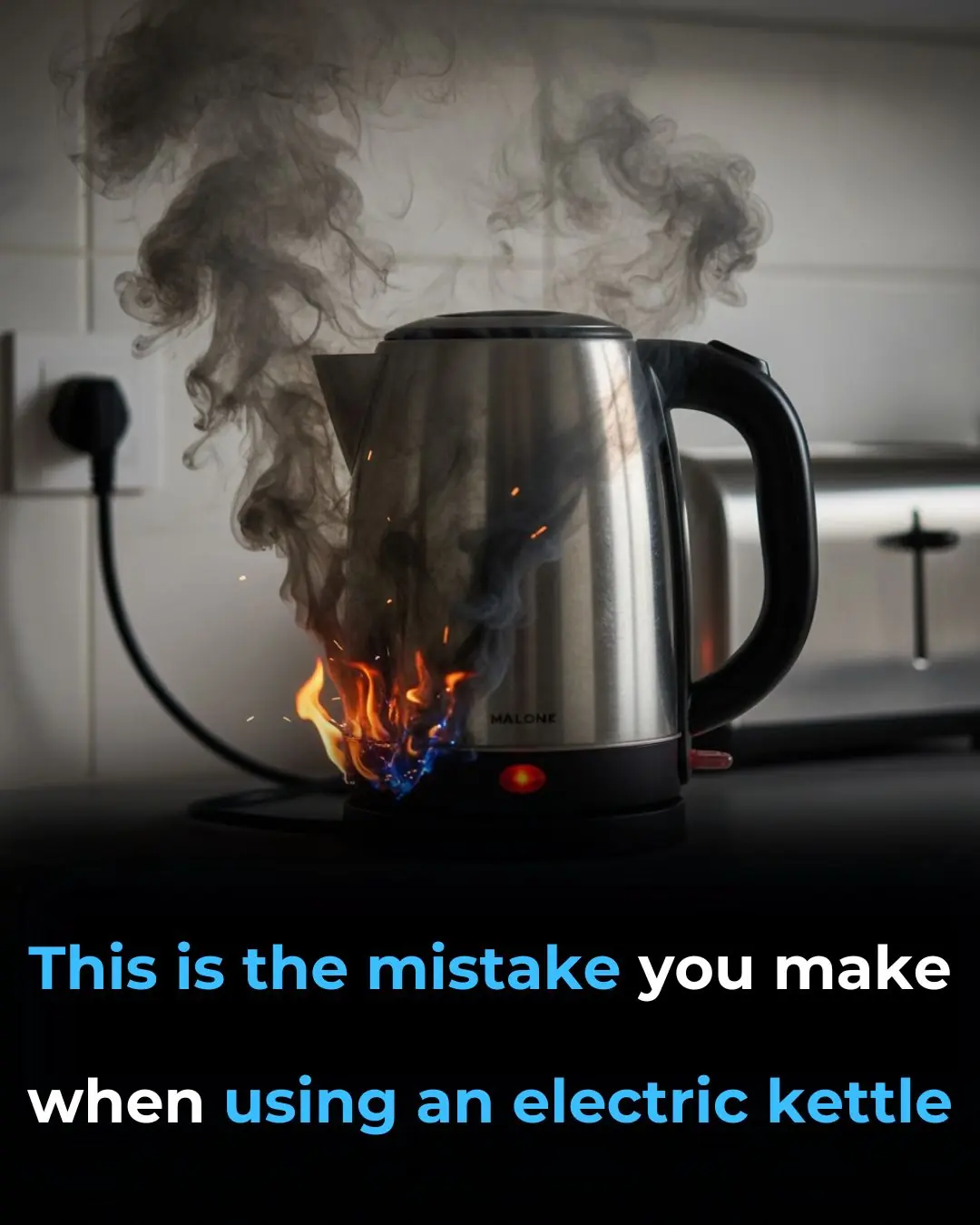
Golden tips for choosing ham: Identify borax with a simple, absolutely safe way

How to Identify Pork Sausage and Vietnamese Ham Containing Borax
According to Associate Professor Dr. Nguyễn Duy Thịnh, a former lecturer at Hanoi University of Science and Technology, borax (also known as sodium borate) was once commonly used in the food industry because of its preservative properties. It helps food stay fresh for longer, prevents spoilage, and enhances elasticity and crispness. In the past, many cooks used borax in rice cakes (bánh đúc) to make them firmer, or in steamed rice rolls (bánh cuốn) and vermicelli (bún) to improve their texture and taste.
However, scientific research has shown that borax is a toxic chemical that can have serious negative effects on human health if consumed over a long period. Prolonged intake may lead to memory loss, damage to the nervous system, and even liver and kidney impairment. Recognizing these dangers, Vietnam has officially banned the use of borax in all food processing activities.
Despite the ban, some small food manufacturers and street vendors still illegally add borax to products like Vietnamese pork sausage (giò), ham (chả), and other processed meats to create a firmer, chewier texture and extend shelf life. This practice poses a significant health risk to consumers.
How to Identify Pork Sausage Containing Borax
1. By Taste and Smell
Authentic, borax-free sausage has a naturally mild aroma and a slightly sweet, meaty flavor that lingers gently after eating. The texture should be soft and springy, not tough or dry.
If the sausage has an unnaturally strong smell or an excessively chewy texture, it may have been treated with borax or other artificial additives. In contrast, clean, chemical-free sausage tends to taste fresh, balanced, and less salty.
2. By Touch
Press your finger into the sausage.
If it feels too firm, rubbery, or lacks bounce, this could be a sign of borax being added. Natural sausage, on the other hand, should feel elastic but tender, slightly yielding under gentle pressure.
3. By Internal Appearance

Cut the sausage into slices and look closely at the texture.
A clean, borax-free sausage typically has tiny air pockets formed naturally during steaming or boiling. In contrast, sausage containing borax often appears unnaturally smooth and dense, without visible air bubbles.
Another simple trick is to stretch a slice gently with your hands. If it feels too tough or difficult to tear apart, it might contain borax or other synthetic texturizers.
4. By Cutting with a Knife
When slicing sausage made without borax, your knife will feel slightly sticky as it cuts through because of the natural proteins in the meat.
Sausage with borax, however, feels unnaturally smooth—the knife glides through it too easily, indicating an artificial level of firmness and slickness.
5. Using Turmeric Paper
You can make a simple borax detection test at home using turmeric paper. Dip plain paper into fresh turmeric juice, let it dry, then press it gently against the sausage surface.
If after about a minute the paper changes from yellow to orange-red, it indicates the presence of borax.
However, note that this test is qualitative, meaning it can only show whether borax is present—not the exact amount.
How to Choose Safe and Clean Sausage
To avoid health risks, consumers should buy from reputable and certified food producers who clearly state that their products are free from borax and harmful additives. Look for official food safety labels, trust brands that publicly commit to clean production, and check packaging for manufacturing and expiry dates.
It’s also recommended to buy fresh sausage in small quantities and store it properly in the refrigerator to maintain freshness without relying on chemical preservatives.
Eating clean doesn’t only protect your health—it also supports honest food producers and promotes a safer, more sustainable food culture.
News in the same category


Don’t Toss That Banana Part

The Hidden Effects of Sleeping With a Fan on Your Throat

Tips for freezing tomatoes to eat all year round, the flavor is always fresh and delicious like freshly picked
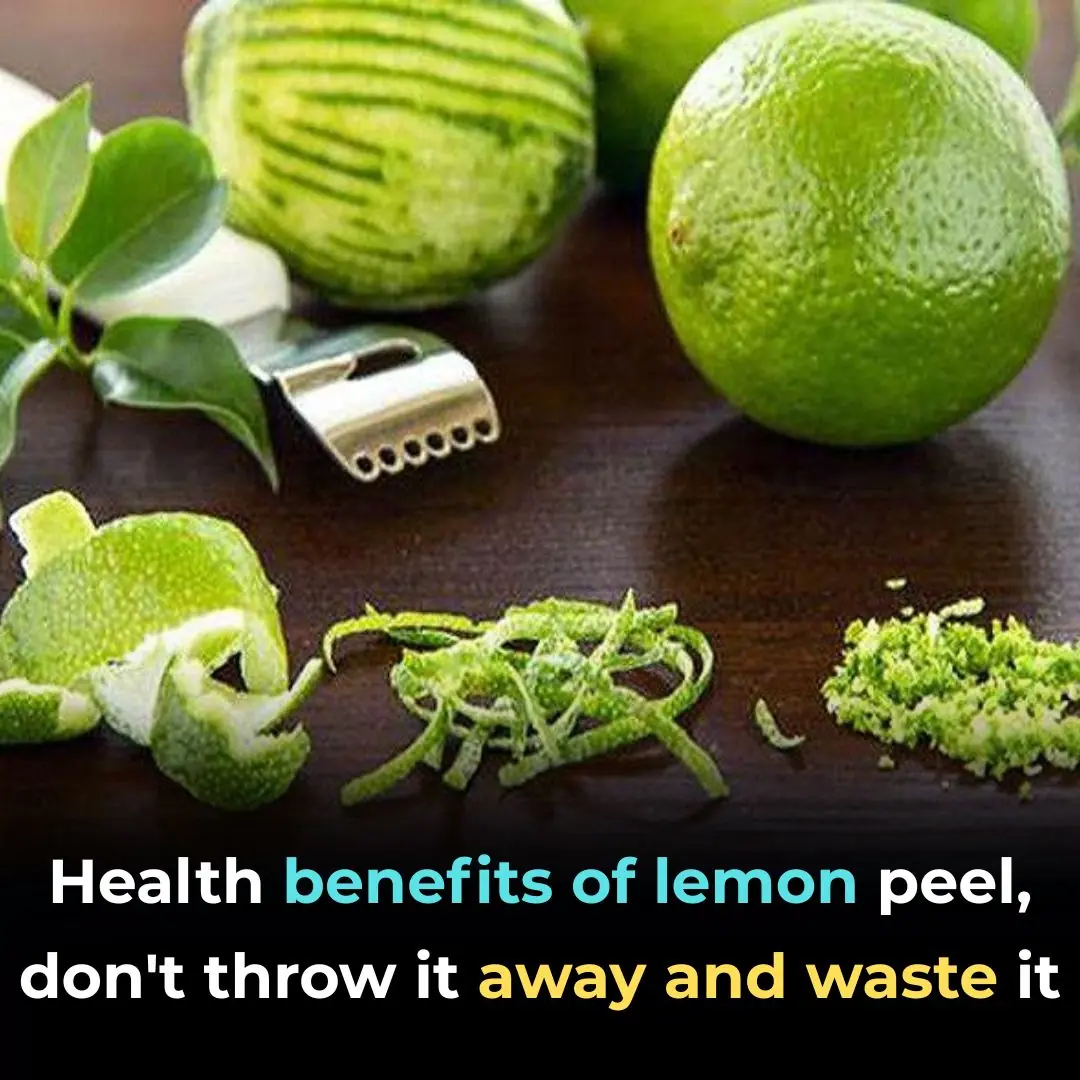
Health benefits of lemon peel, don't throw it away and waste it

4 effective ways to clean yellow armpit stains on white shirts, making them as white as new
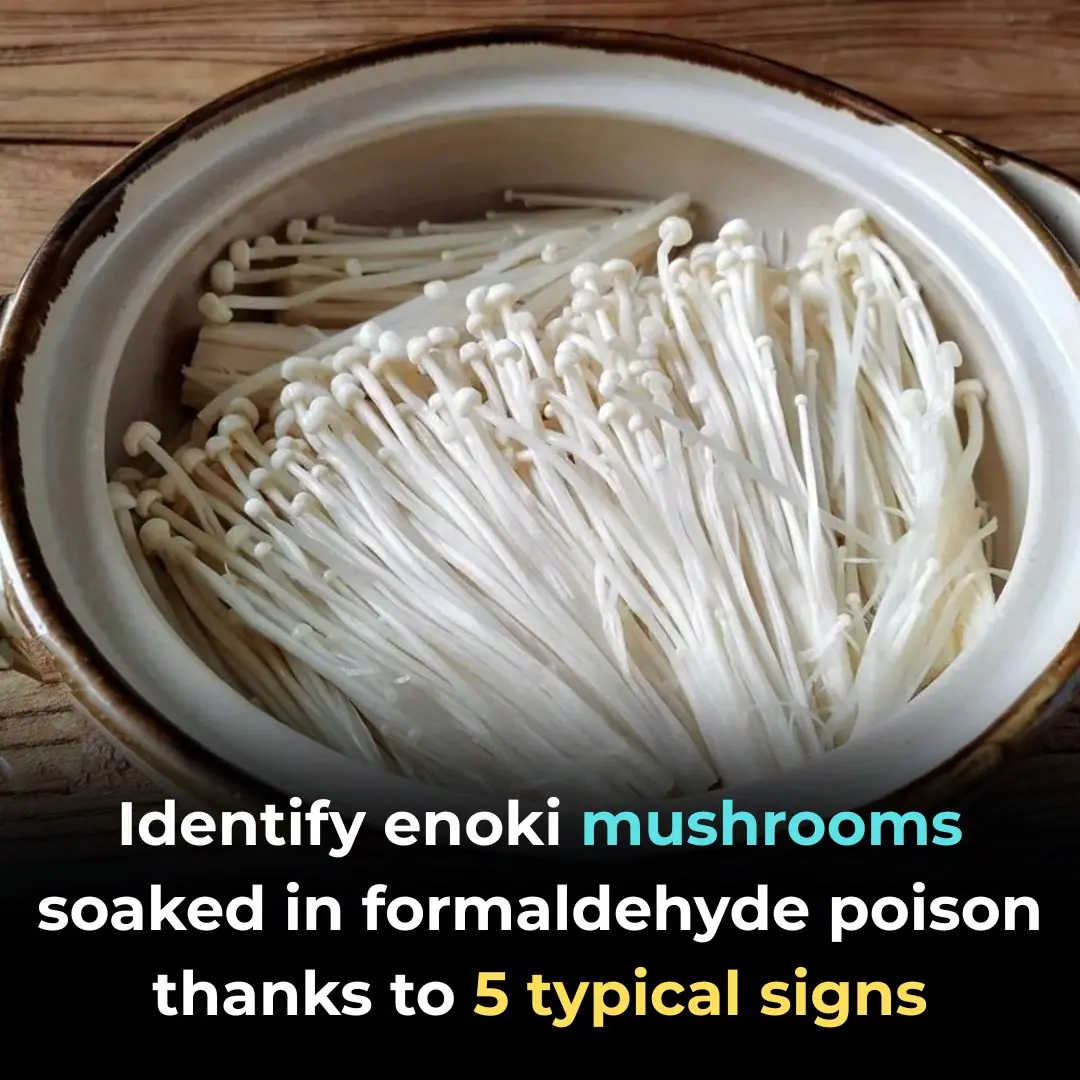
Identify enoki mushrooms soaked in formaldehyde poison thanks to 5 typical signs

8 devices that consume the most electricity, twice as much as air conditioners: Remember to unplug after use, or your bill will skyrocket.

How to recognize fish infected with urticaria: Don't buy it even if it's cheap as if it were given away.

Soak lemongrass with vinegar to get a special type of water with wonderful uses.
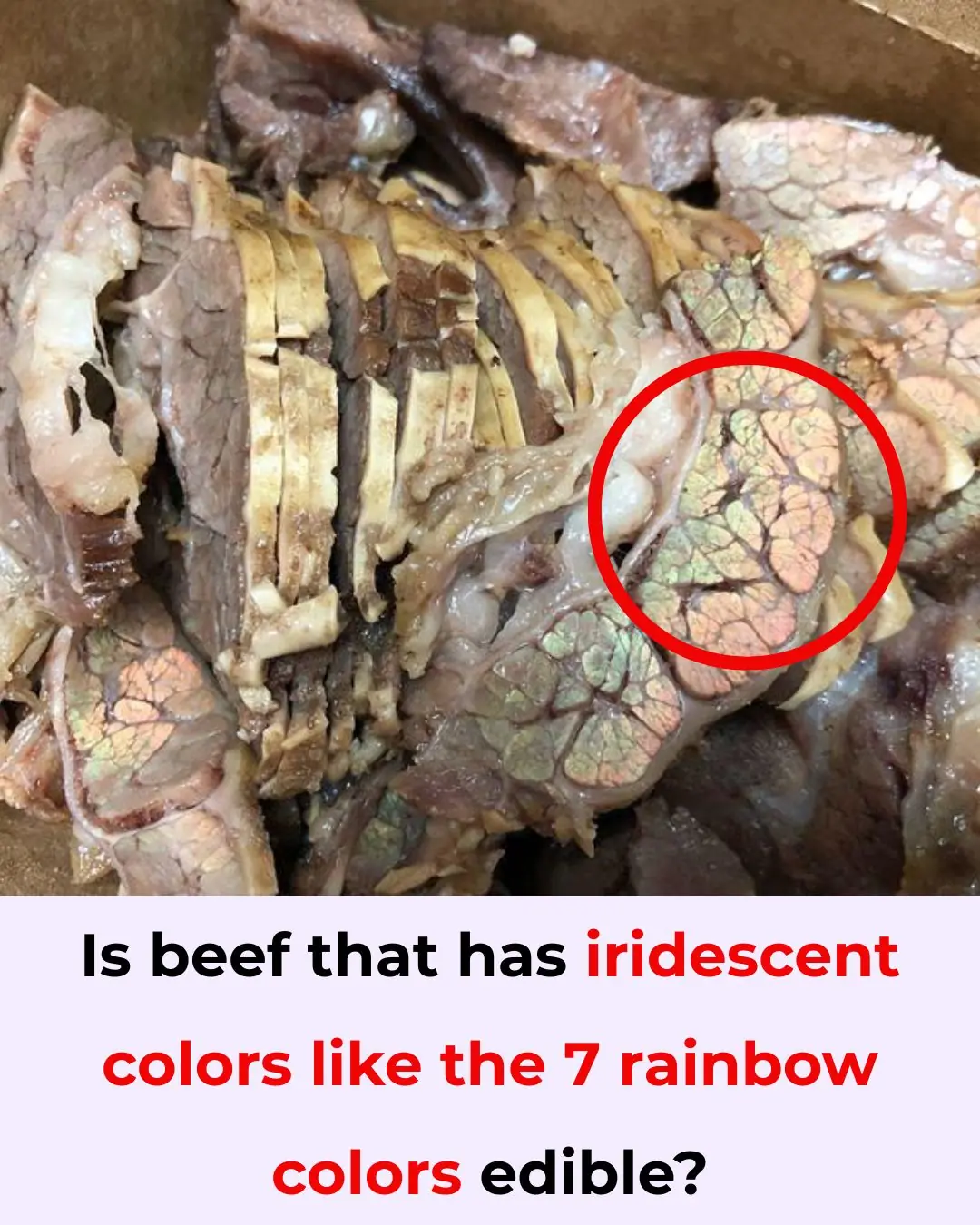
Is beef that has iridescent colors like the 7 rainbow colors edible?

🚽 How to Remove Limescale Stains from Your Toilet Bowl — Naturally & Without Harsh Chemicals
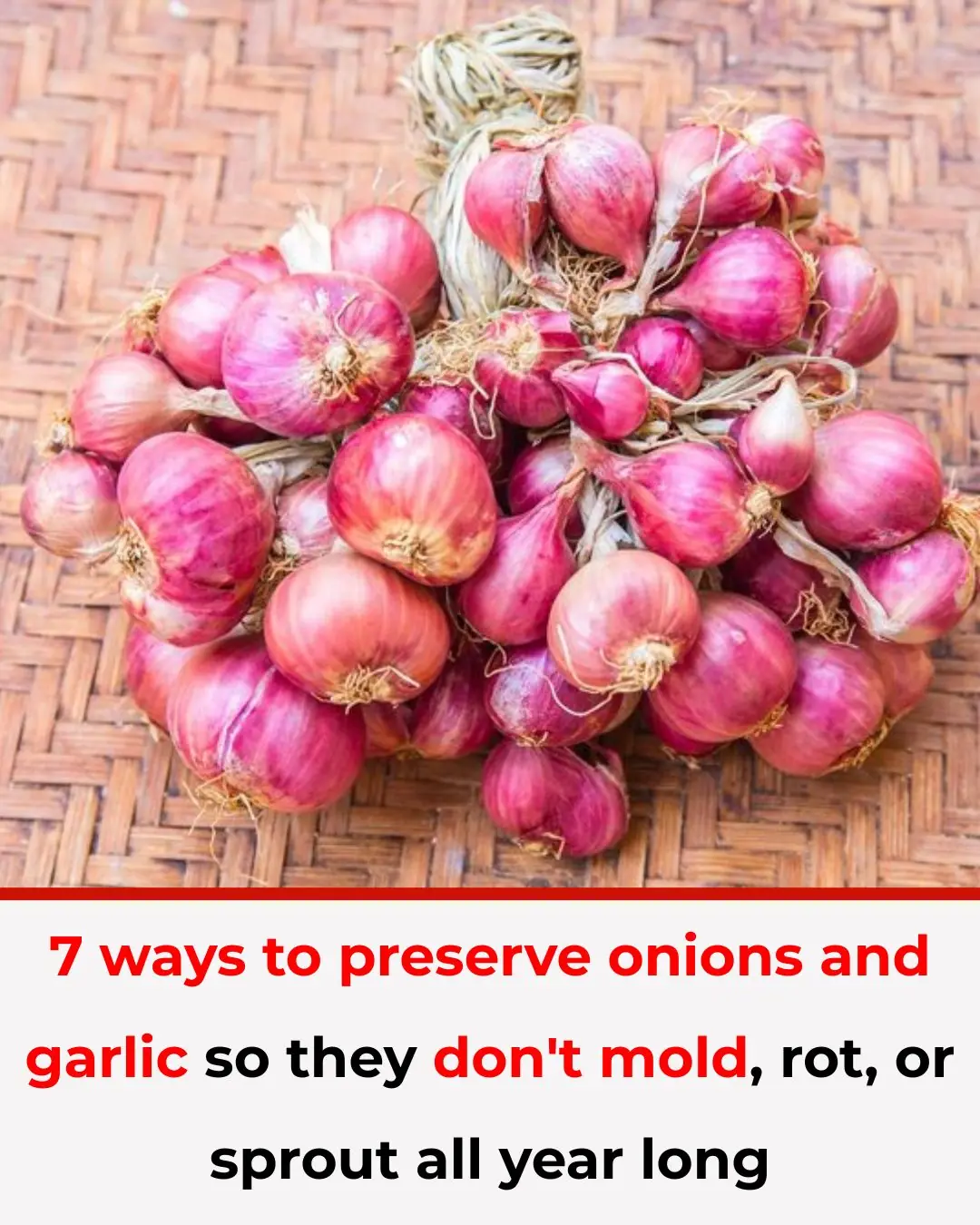
7 ways to preserve onions and garlic so they don't mold, rot, or sprout all year long

Squeeze lemon juice into the rice cooker before cooking? Simple operation but surprising effects

Put a bowl of salt in the refrigerator: A small but effective tip that makes me regret knowing it after 30 years

The Hidden Power of the Hole in Your Kitchen Knife — 7+ Surprising Uses You Probably Didn't Know

Most people will go their entire lives without ever knowing what the microwave ring cover is actually for

10 Morning Habits That Are Surprisingly Harmful to Your Health

6 Effective Drinks to Help Prevent Stroke – Don’t Overlook These Choices
News Post

What does this gesture mean?

The Hidden Power of Common Lantana (Lantana camara): What You Can Safely Do with It at Home

This Is The Mistake You Make When Using An Electric Kettle

Top 12 ways to quickly improve blood circulation in legs

Is Too Much Rice Harming Your Health

Has This Ever Happened to You? The Strange Phenomenon That Freezes You in Your Sleep

Some people are only now realizing what the “WC” sign stands for on washrooms

Tingling Sensation In Your Body: Why Does It Happen

Unbelievable Discovery: Praying Mantis Eggs Found in Christmas Tree

The Night the Wild Came Home: A Mountain Lion’s Gentle Visit

Wisconsin Black Bear Freed After Eight-Day Struggle with Plastic Jar on Her Head

From Tragedy to Triumph: Paralyzed Dog Ward Takes His First Steps Toward Recovery

Tennessee Trooper Stops Traffic to Save a Dying Dog

A Boy, a Cat, and a Moment That Stopped Time

5 Breast Cancer Signs You’ve Never Heard Of — But Shouldn’t Ignore
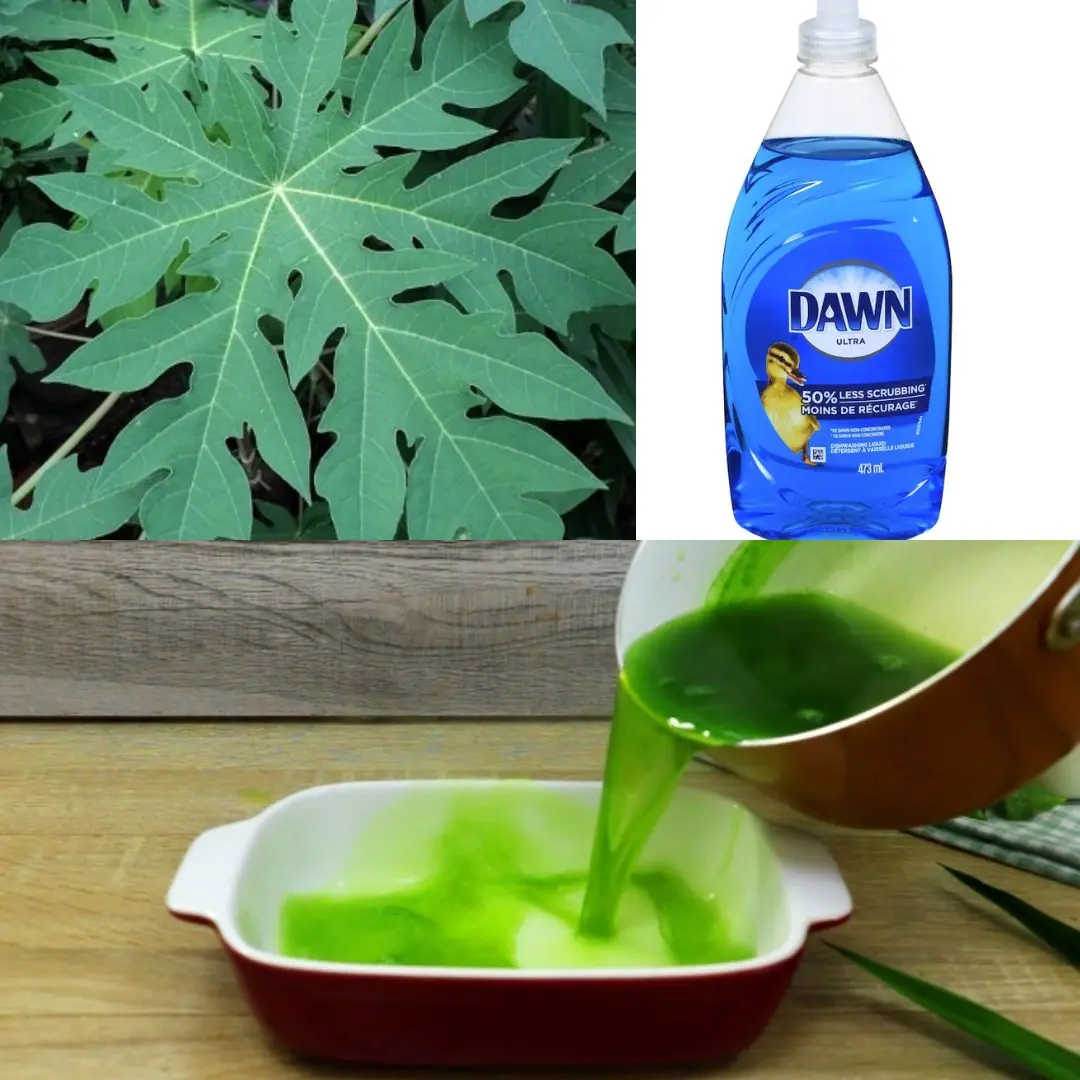
Turn Papaya Leaves Into a Powerful Homemade Detergent

A Life Transformed: Georgia Teen’s Journey to a Future Without Blood Transfusions

Wild Lettuce Root – Benefits, Uses, and Natural Pain Relief Properties

Lulu’s Brave Fight: A Family’s Journey Through High-Risk Neuroblastoma
